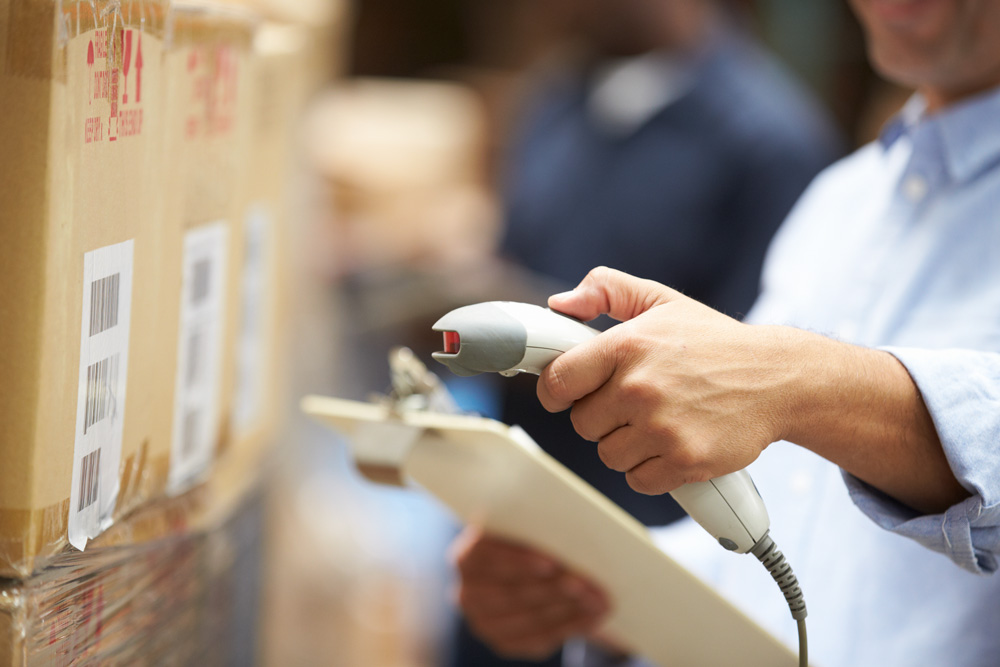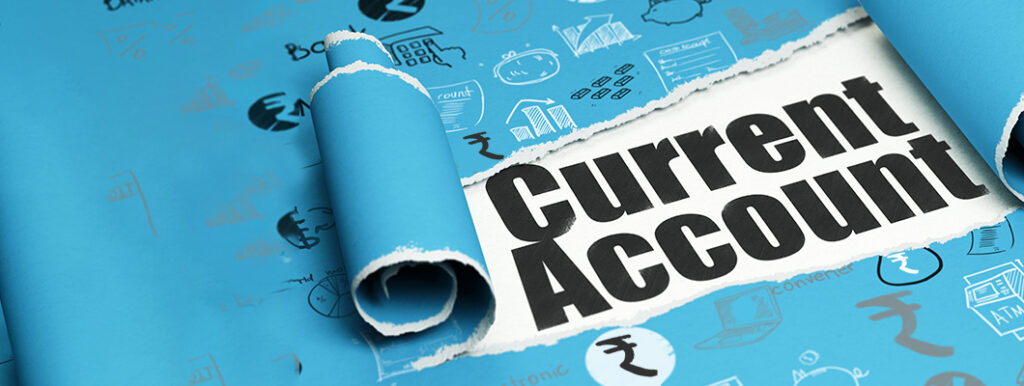How to Get Barcode in India?
With industrialisation, the increase in the number of products has made identification a tedious task, and hence there was a need for devising a system that would help in easy identification. And therefore in the year 1970, George J Laurer invented the system of the Universal Bar Code in the USA. Barcode is a machine-readable image that is characterised by parallel lines varying in width and spacing between them and digits. Barcode is used to encode product details such as product numbers, serial numbers and batch numbers instantly. It is used for product identification and used widely in supermarkets, clothing stores, malls, etc. and has inherent benefits like the elimination of errors, cost-effectiveness, time-saving and ease of managing inventory. This global identification system assists all the parties in the supply chain like manufacturers, logistics and wholesalers to identify the products easily. What is Barcode? Barcodes are vertical lines representation that can be scanned electronically to fetch the product details faster. Barcode is used to encode the product details instantly such as product numbers, serial numbers, and batch numbers. A barcode on product plays a vital role in the supply chain, enabling all participant like Manufacturers, transporter, wholesaler to identify products easily. In addition to that, a barcode on products plays a vital role in a supply chain, supermarkets, transportation, hospitals, and fast-moving retails chains. EAN-13 is the most commonly used type of barcode that has 13 numeric digits. UPC-A barcode is a superset of 12 numeric digits. How Do Businesses Use Barcodes? Inventory database – Large departmental stores with thousands of products manage their inventory through the barcode system. All the phases of the product cycle from manufacture to sale are tracked through the code. Asset tracking – All businesses today hold a large chunk of IT assets, and hence the barcode system is used for tagging and tracking the assets in the asset software. Tracking returns – The barcode system can be used for tracking returns, especially so in the online shopping world. Barcodes can also be attached to invoices so as to ease the tracking of payments from customers. Types of Barcode GS1 EAN/UPC Family Barcodes GS1 EAN/UPC Family of barcodes are instantly-recognisable barcodes that are printed on virtually every consumer product in the world. They are the longest-established and most widely-used of all GS1 barcodes. GS1 DataBar Family Barcodes DataBar barcodes are often used to label fresh foods. These barcodes can hold information like an item’s batch number or expiry date, in addition to other attributes used at the point-of-sale such the item weight. GS1 1D Barcodes GS1-128 and ITF-14 are highly versatile 1D barcodes that enable items to track through global supply chains. The GS1-128 barcode can carry any of the GS1 ID keys, plus information like serial numbers, expiration dates and more. The ITF-14 barcode can only hold the Global Trade Item Number (GTIN) and is suitable for printing on corrugated materials. GS1 2D Barcodes Two-dimensional (2D) barcodes look like squares or rectangles that contain many small, individual dots. A single 2D barcode can hold a significant amount of information and may remain legible even when printed at a small size or etched onto a product. A wide range of industries2D barcodes, from manufacturing and warehousing to logistics and healthcare Documents For Barcode Registration Letter requesting allotment of barcode PAN card of the entity Copy of audited balance sheet GST/VAT registration certificate Certificate of incorporation/partnership deed Memorandum of Association/Articles of Association Copy of cancelled cheque Process For Obtaining Barcode Registration The steps involved are: Step 1 – Fill the application Step 2 – Upload all the relevant documents Step 3 – Choose the type and number of barcodes required Step 4 – Confirm all the details Step 5- Pay the applicable fees Step 6- Track the status Advantages of Barcode Reduces error – Since the information on the barcode is all automated, the chances of errors are reduced since there is no manual intervention in the form of data entry. Cost-effective and convenient – Barcodes are easy to obtain, cost-effective, and convenient to print, and it can also be customised. Detailed information – Barcodes have the information related to the product like product numbers, serial numbers, batch numbers, and hence ensures the genuineness of the products. Optimised inventory – The movement of the products becomes smooth due to all information of the products being captured in the barcode and makes the movement through the supply chain hassle-free. Time saving – Registering a barcode saves a lot of time. Using a barcode reader, the code can be scanned, and the details can be obtained. Accurate and faster billing – The information linked to the barcode is all automated and accurate and helps in good and efficient decision making. Unique and global identification – The barcoding system facilitates unique identification that is globally recognised, and hence there will be no two products that will have the same code. FAQs What is a barcode and why is it needed? A barcode is a visual representation of data used for automatic identification and tracking of products. It is essential for inventory management, sales tracking, and logistics. Do I need different barcodes for different products? Yes, each unique product (or variant) typically requires its own unique barcode. This ensures accurate tracking and inventory management.
How to Get Barcode in India? Read More »





